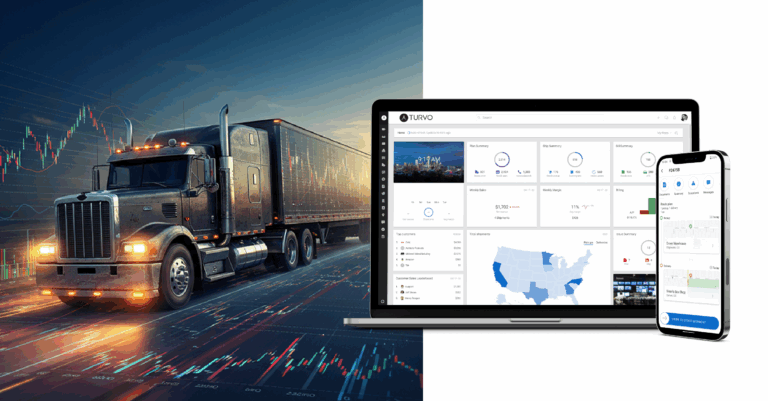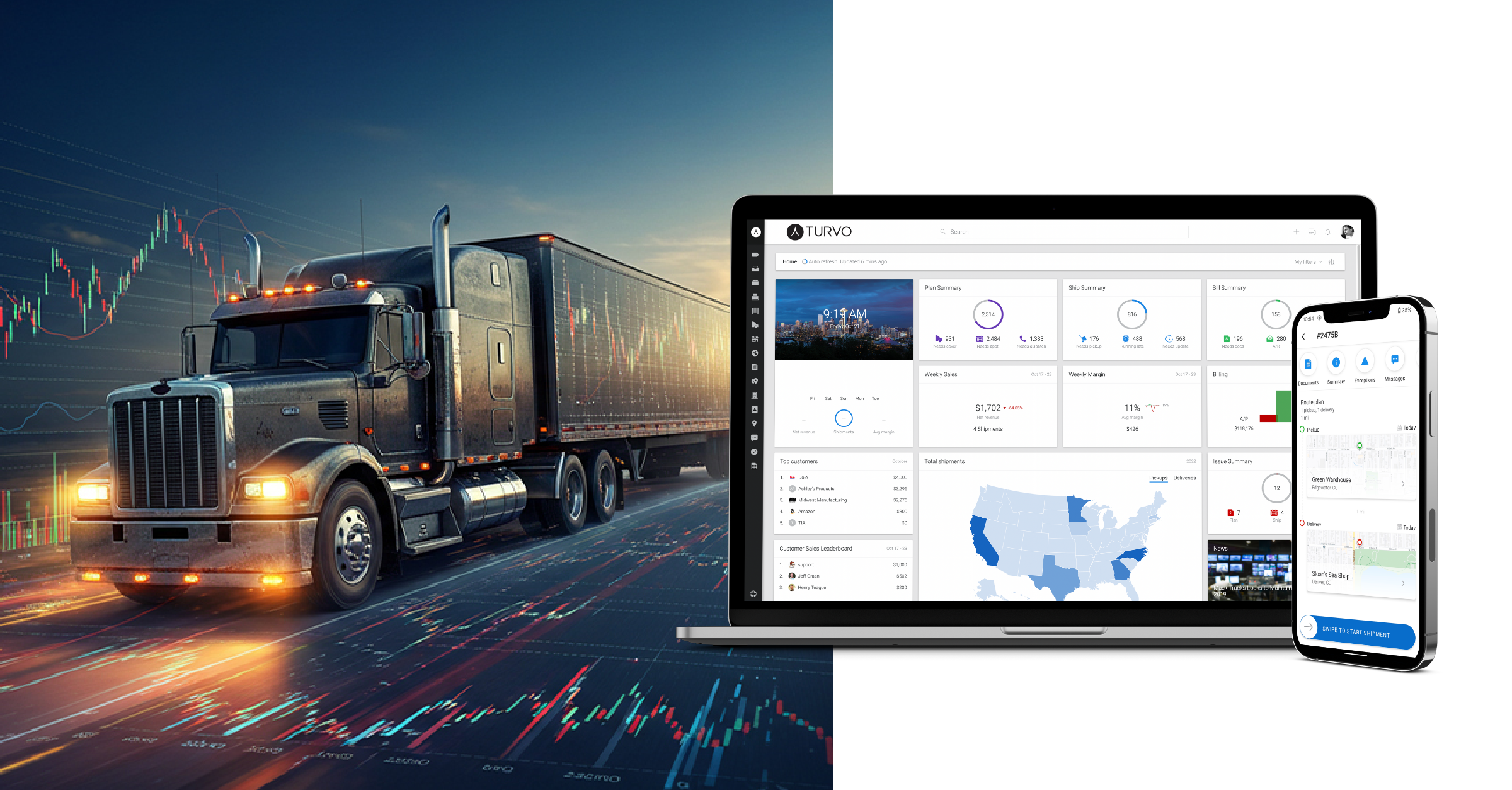Complexity best describes the state of the modern transportation industry. However, transportation is only one facet in a lineup of systems and processes that all hinge on what came before and what needs to happen next. Fortunately, advancements in capabilities and executable processes are changing the game. And modern supply chain network partners need to consider how collaborative logistics, sharing data in real-time, and centralized management of workflows stacks up to productivity gains.
Challenges in Supply Chain Network Efficiency Due to Poor Collaboration
The biggest challenges in supply chain collaboration come down to one key concept: resources. According to Supply Chain Brain, “The business objectives and priorities of buyers and sellers in a supply chain are frequently out of alignment, and sometimes even in direct conflict… Unless top managers on both sides are committed to driving a collaborative effort, the message that’s sent to front-line personnel is one of indifference. And unless both sides make the appropriate level of resources available to help the collaboration succeed, it will fail.” Overcoming the obstacles to successful supply chain network setup and collaboration can be difficult, especially when paired with these other obstacles to improved supply chain system implementation or deployment:
- Lack of commitment—Sometimes, individual partners or team members just aren’t motivated to commit to a change and may try to do things their way.
- Mismanagement of resources—Older methods of supply chain system implementation and management created excess waste and mismanagement.
- Problems with trust—Past experiences are valuable learning tools, but they can also lead to questions following a foul, recent experience.
- Self-centric view of business—Team members and business partners have difficulty seeing how the supply chain network operates beyond their limited perspective.
- Misunderstanding system functions and values—Digital network, tracking, communication, and logistics can be foreign to some people, and a lack of understanding can slow things down.
- Unwillingness to change—Human beings naturally resist change and shy away from the unfamiliar, but for supply chains, this is a worst-case scenario in the making.
A Single Pane of Glass Supply Chain Resource Promotes Productivity
Any network’s goal is to provide a collaborative logistics platform with tools and collaboration opportunities that improve every supply chain process along the way- from the initial order placement to delivery and payment. Supply chain network setups can do a great deal to help promote productivity and a more streamlined approach that includes:
- Context of events—Seeing all activities within the overall process’s context allows everyone to see how their job and piece of the puzzle fits together with everything else.
- Collective logistics—The ability to share updates or changes in real-time without annoying phone calls is the power of collaborative platforms for supply chain networks.
- Real-time statuses—Shipment updates and data streams that can be delivered in real-time provide more information that keeps everyone connected and on the same page.
- Importance of KPIs—Collaboration in supply chain systems makes it easier to utilize KPIs to instantly judge your organization’s global health from an easy–to–access dashboard.
- A single pane of glass—With the use of a single pane of glass, you can eliminate that hassle of tracking and accessing multiple platforms and losing time.
Best Practices to Improve Workflows
The modern supply chain network must be adaptable and capable of accommodating customers’ and partners’ endless wants and needs. Many best practices can improve workflows and improve productivity when deploying a collaborative resource, including:
- Connect the systems with an Application Programming Interface (API) to improve response time, communication options, data tracking, and more.
- Reduce reporting problems by automating generation and dissemination to free employees and managers who can put more time and energy into other tasks.
- Lower overhead by letting automation handle notifications and manage shipment tracking to further lower employee costs, while also streamlining the entire process.
- Keep it in-context, referring to system messaging and updates’ context to reduce miscommunications and improve overall performance.
Enhance Supply Chain Functionality and Collaboration With a Single Pane of Glass
The best-laid plans for supply chain efficiency are rooted in another company’s processes and ability to provide your company with the most relevant, timely, and accurate data. Turvo has you covered by bringing harmony to the various systems and solutions continually plaguing the industry’s efficiency ratings. Learn more about the possible value-add of a dedicated, unified tech stack by visiting Turvo online today.








